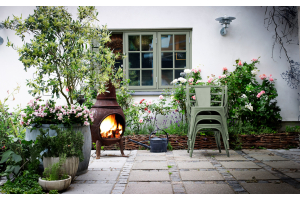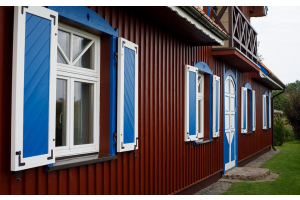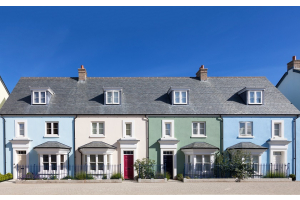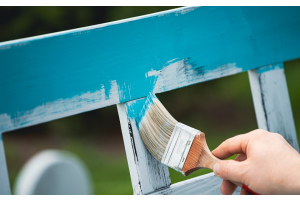- Tinted Paints
- Interior Emulsion Paint
- Interior Trim Paint
- Interior Varnishes & Oils
- Interior Furniture Paint
- Anti Mould Paint
- Anti Damp Treatment
- All Surface Primer
- Special Surface Primer
- Floor Paints & Coatings
- Exterior Paint
- Exterior Masonry Paints
- Exterior Trim Paints
- Exterior Paint Undercoat
- Exterior Oils & Varnishes
- Shed & Fence Paints
Setting up a painting and decorating business
So you want to make the transition from amateur DIY to becoming a professional painter or decorator. Well if you are good with your hands and can provide a reliable and consistent service then setting up your own business could be the way forward. In this article we will take you through the ins and outs of setting up a painting and decorating business.
Step 1
The first step is to make sure that you have the skills and experience to be able to undertake either residential or commercial work. This is where experience really plays a key part and we would strongly advise that before setting up on your own you try and get experience working for an established company. Not only will you be able to learn the skills needed for the trade but you will also gain valuable on-site experience.
Step 2
Once you have the experience you can now start to think about setting up on your own and becoming a self-employed painter or decorator. While commercial jobs offer more money they also require a bigger team, more advanced equipment and insurance for the higher risk. Residential jobs tend to be a lot smaller, can be completed quicker and can be completed by as little as one person. Residential painting and decorating has a lower barrier to entry and is often where most new start-ups will begin.
Step 3
Make sure you have the right tools for the job. Having the right equipment will not only make your job much easier but will also give your customers confidence. Luckily for you Trade 1st has all of the equipment you will ever need. From decorators workwear and professional paint brushes to a full range of decorating tools and of course paint rollers and poles at Trade 1st we can help with all your needs. As well as the right painting and decorating supplies you will also need your own van for transporting your equipment around.
Step 4
Now that you have all of the equipment you can start to promote your business. There are many ways to promote your business from traditional advertising in the paper through to flyering and leafleting in your local area. Don’t forget social media and online channels as well which are becoming increasingly popular. Promoting your business is the key to success so make sure potential customers know about you and the services you can offer. Don’t forget to approach estate agents and landlords as they may require someone to redecorate properties on a regular basis.
Step 5
Join a trade association. The main trade association is the Painting and Decorating Association (PDA) and to qualify you will need to adhere to a range of criteria that focuses on your capability and experience. Another association is the Guild of Master Craftsmen again which assesses and supports quality workmanship. Becoming a member of a trade association will help to show customers that you can be trusted and are skilled in your profession.
Step 6
Insure your business. This is a must for any painting and decorating business as it protects your business against customers claiming in the unfortunate event of injury or damage. Don’t forget to add employer’s liability insurance in you have employees or subcontractors working on behalf of your business.
Conclusion
These steps give you a brief overview of what is needed to setup a painting and decorating business. Of course there is a lot more to consider from business plans and financing to accounting and pricing but this guide aims to give you an idea of how to start your own business. At Trade 1st we can help you get the right decorating tools for the job to help make your business a success.







